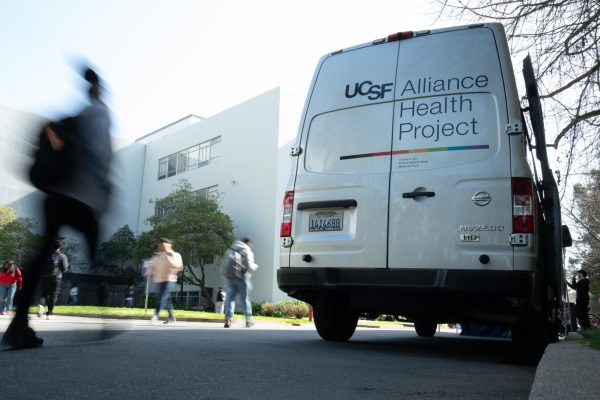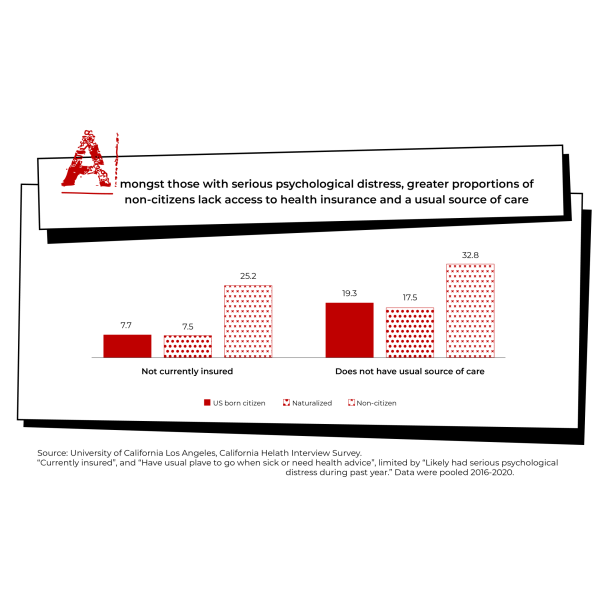Laying the Foundation
Engineering students have high hopes that the construction of the $150 million new science and engineering building will promise new opportunities.
Gerardo Nunez, Junior, puts materials into the 3D printer in Hensill Hall at SF State on Tuesday, Feb. 14, 2023. Other 3D printing machines are found aside from the others aligned in a row. (David Jones / Xpress Magazine)
The loud hiss of an electric saw, the beeping of construction trucks reversing and the hammering of concrete are only a few of the many sounds SF State engineering professor Elahe Enssani has grown accustomed to hearing since returning to campus in the fall of 2022. Slated for completion in 2024, the new College of Science and Engineering (CoSE) building has been discussed since Enssani began teaching at SF State in 1998. However, she does not dread this daily cacophony of construction sounds, because it symbolizes the start of something exciting: bright, new, spacious environmental engineering labs with optimal space for her students to collaborate and learn at a higher level.
Many students and faculty are looking forward to boosting their educational experiences through the state-of-the-art lab spaces the new CoSE building will offer. The new building will also provide more space for student organizations and networking opportunities.
“The lower-division classes that I took did not have the best equipment, and we weren’t even able to use it because it was all broken, or we would just watch videos of how the lab equipment works,” said junior Julianna Enriquez. “It doesn’t really give you that hands-on experience you’re really wanting to get as a student.”
This new building will serve over 7,000 Science and Engineering students each year, according to Carmen Domingo, Dean of the College of Science and Engineering (CoSE).
“It’s going to be an eye-opening experience,” said Engineering Assistant Professor Jenna Wong. In the civil engineering section, Wong is looking forward to new lab equipment that mimics seismic excitations and structural loads for buildings systems and components that civil engineers work on in the field.
According to Wong, the new CoSE building will provide labs that will expand students’ opportunities to explore and perform more demonstrations.
“Within the classroom or lab level, it’s extremely important to not only motivate students but also to excite them about what their field really is,” Wong said. “To give them a glimpse into what they’re actually designing for. It will have a huge impact.”
The total construction of the building cost $150 million, said Domingo, and will feature studio-style instruction, which will be a cornerstone of the STEM classes. Studio-style instruction combines lecture and lab work together, while they usually operate separately.
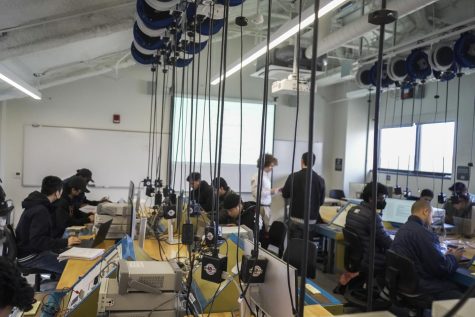
Lab equipment and programmatic support was an additional $25M endeavor, with biotechnology corporation Genentech awarding SF State $5M for these items.
Enssani, who was the university’s sole female engineering professor from 2003 to 2013, hopes the new CoSE building can help close the student gender divide by attracting more female students.
During Enssani’s time as an engineering undergraduate in Iran, she was used to being one of the only females in her classes.
“It was lonely, but you learn to find your way and to express yourself,” Enssani said. “But now that there are more female faculty in the Engineering department, we can get together and discuss ways in which we can bring in a higher number of female students.”
The engineering field is notorious for being male-dominated, and SF State is no exception. According to 2023 data by CollegeFactual, 79.4% of SF State’s engineering undergraduates are male and 20.6% are female.
“From the perspective of choosing the career path, I knew I’d be cutting into the male-dominated fields,” said senior Mariela Moreno. “But then I get here, and it’s my first day in the engineering classes. And it’s a room of like, 35 to 40 students, two of them being female, including myself.”
Moreno described the situation as not being very uncomfortable, but quite surprising.
“I knew this would happen… but wow, I didn’t think it’d be this. That the barrier would be this big,” Moreno said. “Then someone told me, you need to learn to be comfortable with being uncomfortable.”
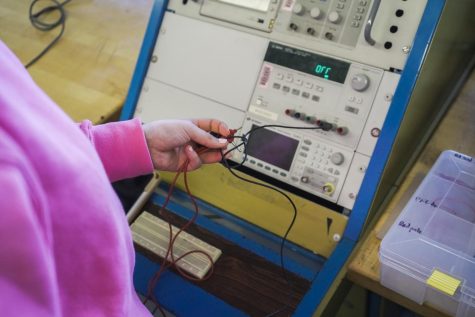
Regardless of gender, all engineering students face the difficulty of navigating daunting course loads.
“I cry a lot because it’s just… It is overwhelming,” said senior Mariela Moreno. “I had a three-unit class last semester. And every unit, you’re supposed to study outside the classroom about two or three times that. For three units, I’d study six to nine hours for one class. But for one class, I was studying, like, 15-20 hours a week for a three-unit class. It’s a lot of study.”
For many students, their engineering efforts do not stop when their homework is completed. A major component of the upperclassman experience is meeting with SF State engineering alumni and Bay Area STEM companies to develop professional connections. This can be especially important for women and Hispanic students, both of which are underrepresented in the field.
“It’s a lot of networking, too,” Moreno said. “We’re in school studying, we’re in all these clubs… I’m probably in five different clubs. We’re networking with companies right now. We’re doing internships. It is overwhelming, but I think at the end of the day, just knowing you’re not going through it alone helps.”
When Moreno began to discover her voice, she started joining clubs and seeking out internships.
“Once I was in those internships, it was an uncomfortable feeling,” Moreno said. “And again, just because everything was so brand new, and even in the workplace, there’s still this huge gender gap. It’s now learning to be comfortable in the workplace as well as school with such a big gender gap too.”
Currently serving as the secretary and recruitment chair for the American Society of Civil Engineers (ASCE), Moreno has developed similar relationships with fellow students and professors.
“The members of my organization were the ones who encouraged me to go find internships,” Moreno said. “They offered to do mock interviews with me. It was a really good group of students.”
Moreno also gained self-confidence in her engineering path through her involvement in student organizations. “I would ask [members of ASCE], could I really be an engineer? And they’re like, ‘yeah, you could do it, just one step at a time!’”
Moreno cited the location of SF State as her favorite part of her engineering experience.
“We’re in the perfect location for civil engineers,” Moreno said “Like, hello! It’s San Francisco. We’re constantly building here. There’s so much opportunity, and we have groups of students that build each other up to get these opportunities together. Also, the department chairs and department heads are so encouraging. They’re here for the students.”
The engineering field has also faced criticism for its alleged lack of diversity, especially with the Latinx community. There are fewer than 5% of Latinx engineers, according to SF State’s CoSE Dean Carmen Domingo, and it is crucial to her to increase that number.
The Society of Hispanic Professional Engineers (SHPE) is the nation’s largest association dedicated to generating Latinx leadership in the STEM field, according to the organization’s website.
Senior Alexis Hernandez has been the president of SHPE since 2021 and has been part of the organization since 2019.
“[SHPE] really took me out of my shell of not talking to any of my classmates,” Hernandez said. “I worked my way up, starting as a mentee and then mentor, and now president. It has made it ten times easier to meet people.”
Engineering upperclassman Gerardo Nuñez is also a member of SHPE.
“I’m involved with SHPE more than any other organization… As a Hispanic, I feel like we’re more underrepresented in engineering, but anyone is free to join the organization,” Nuñez said.
Many engineering students cite joining student organizations as a necessity for developing social and professional connections, but some credit organization involvement as a way to improve confidence.
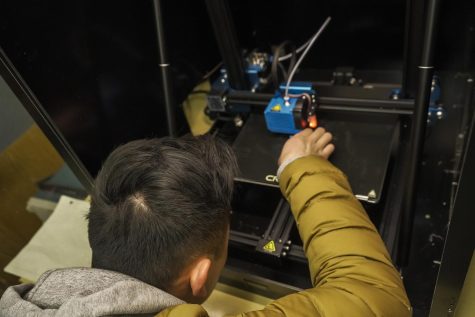
“My sophomore year, I had imposter syndrome,” said junior Julianna Enriquez. “I had such a difficult time in my math classes, especially calculus. And I was just like, how am I going to do all these accelerated, and very highly intellectual, classes when I can’t even pass the basic math courses?”
Enriquez cited being open about her issue with fellow students in engineering organizations as helping her overcome her feelings of imposter syndrome.
“As I kept talking to younger and older students in the community from my student org, they’ve definitely been there to help each other out,” Enriquez said. “And it’s really nice.”
She also included faculty staff and professors in those she felt comfortable opening up to during this period of uncertainty. “The support system I have with some professors and faculty here is very admirable because they care so much about [students],” Enriquez said. “I don’t feel nervous or embarrassed to say something dumb, because I know in their hearts they just want what’s best for me.”
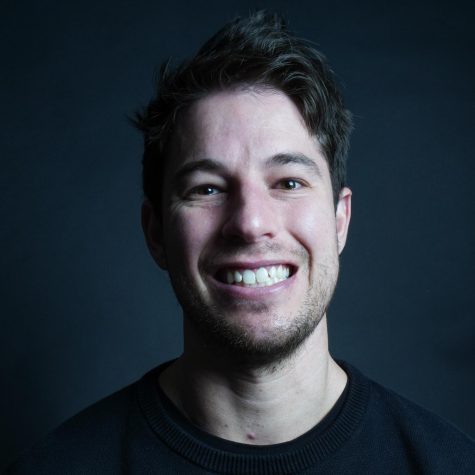
David Blakeley (he/him) is a senior reporter for Xpress Magazine. He is majoring in journalism and minoring in labor studies. He was born in Orange County,...
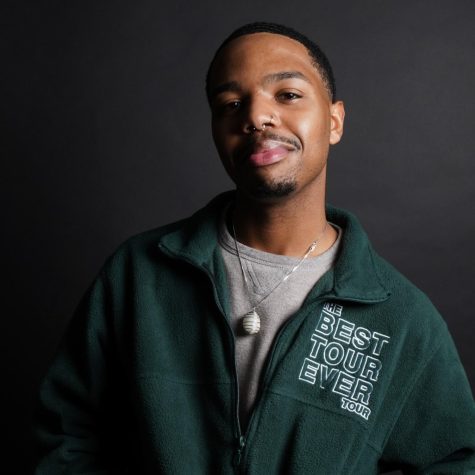
David Jones (he/they) is a photographer for Golden Gate Xpress. He is majoring in photojournalism and minoring in sociology. He was born in Oakland, California...


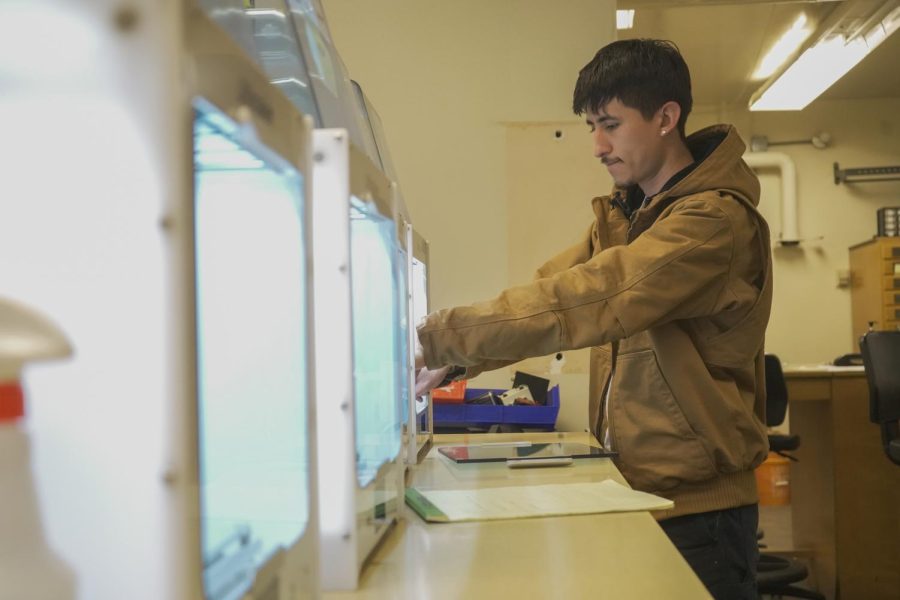
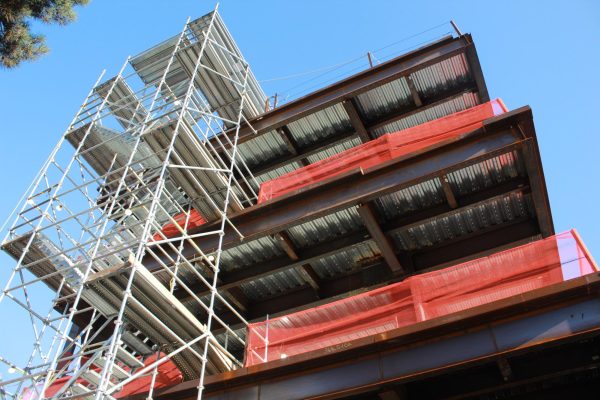
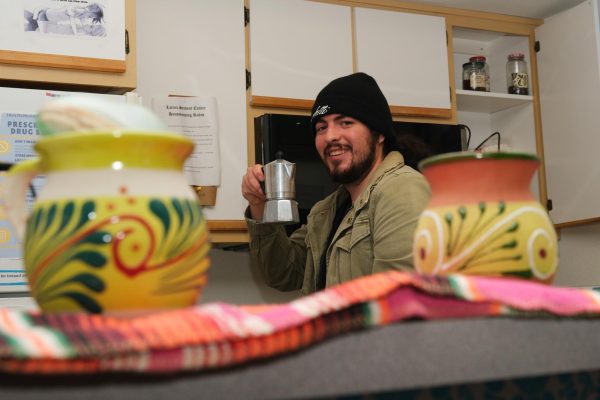
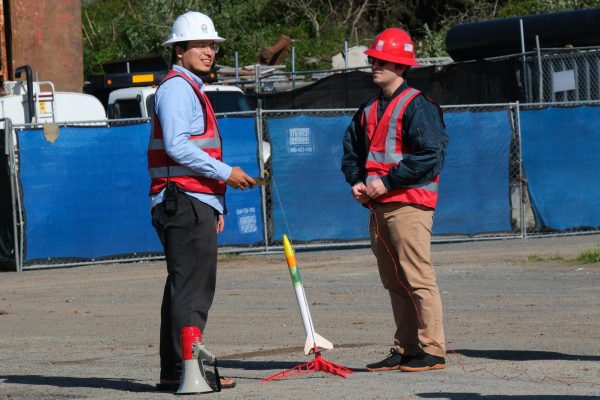
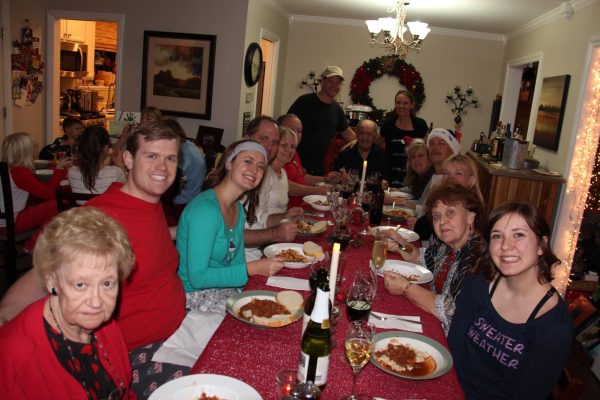

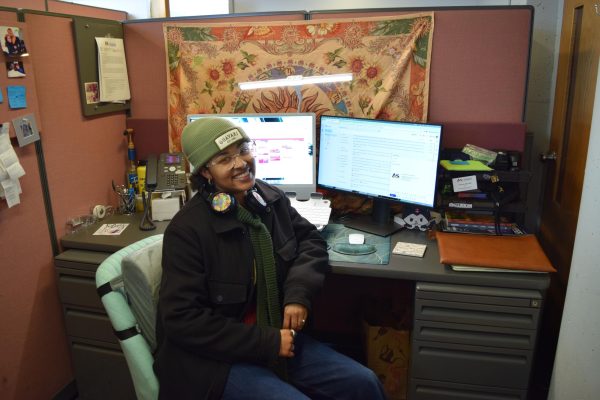
![[From left to right] Joseph Escobedo, Mariana Del Toro, Oliver Elias Tinoco and Rogelio Cruz, Latinx Queer Club officers, introduce themselves to members in the meeting room on the second floor of the Cesar Chavez Student Center.](https://xpressmagazine.org/wp-content/uploads/2024/03/mag_theirown_DH_014-600x400.jpg)
